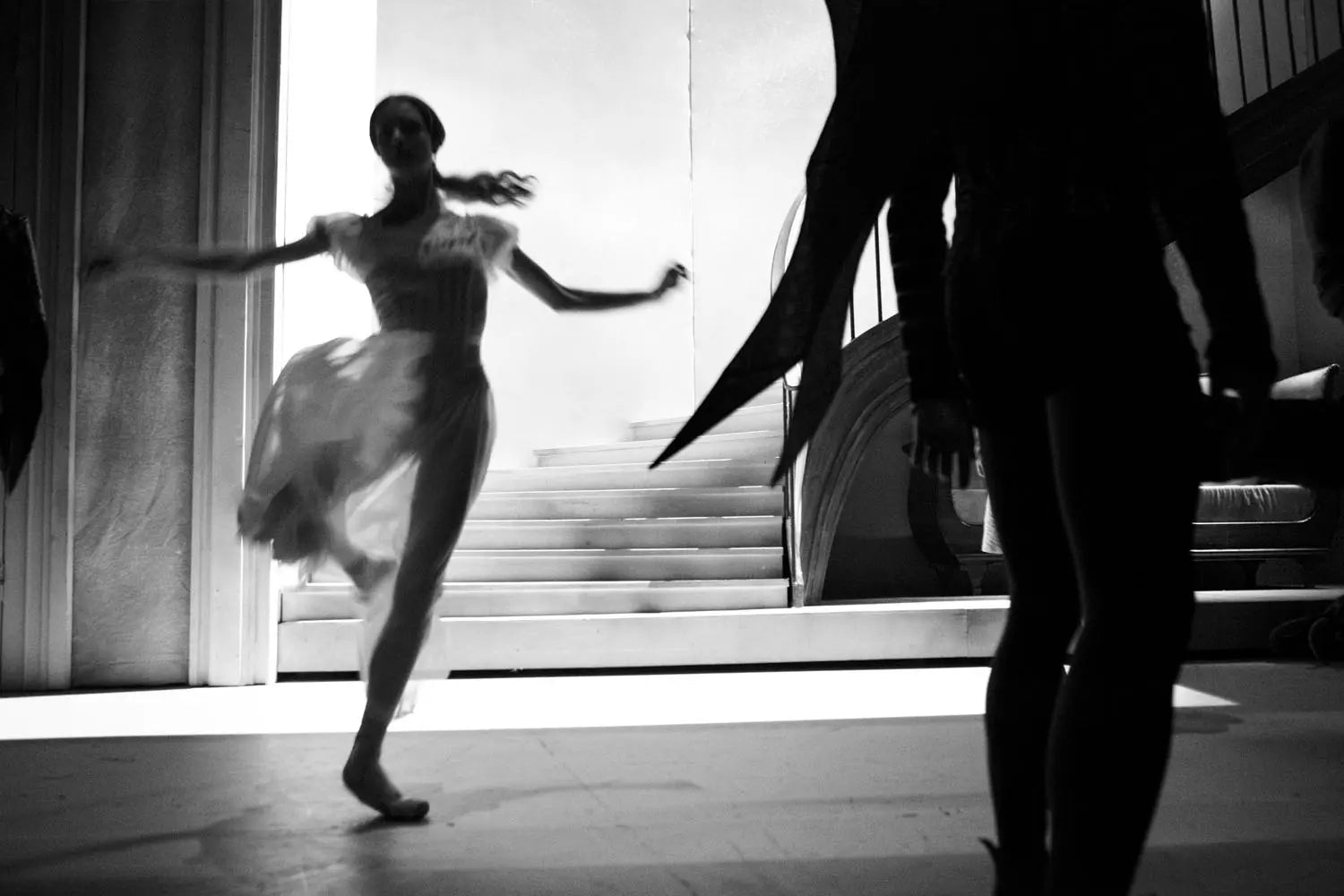A photograph, Barthes observed, does not represent, as painting or writing might. It transmits, by chemical process, a piece of reality:
It is often said that it was the painters who invented Photography…. I say: no, it was the chemists…. [A] scientific circumstance…made it possible to recover and print directly the luminous rays emitted by a variously lighted object. The photograph is literally an emanation of the referent. [note]CL, 80[/note]
The referent of the word cat may be a real cat—let us call her Rosamunde—but the word cat does not emanate from Rosamunde any more than the French chatte does. A photograph, by contrast, derives from her. It is not the only possible photograph of Rosamunde, but she is the only possible cat for it. As photographic subject she is not “optionally real” but “necessarily real,” which presents a “difficulty philosophically and definitionally,” Barthes noted. The photograph “has something tautological about it: a pipe, here, is always and intractably a pipe.”[note]CL, 76, 89, 5[/note]
And yet no one is going to pick up an image of a pipe and smoke it, whereas we regularly conflate dancer and dance. The one-way street of photography—from reality to its derivative as light-induced emanation (a.k.a. image)—becomes, with dance, two-way. The dancer transfers her non-optional realness to the dance and in return takes on its intangibility and artifice.
If photography is a pipe that is always intractably a pipe, dance is both pipe and its distillation into sign. It is a pipe with a sign next to it that says—to borrow from Magritte’s The Treason of Images— “This is not a pipe.” If photography is a relic such as Jesus’s blood-encrusted locks long after the fact, dance is the hair on the head of the living carpenter’s son and the Holy Ghost. Individually, dances—not to mention whole genres, epochs, schools, oeuvres, and dance careers—may stake their claim on one side or the other of the living flesh/everlasting spirit divide.[note]For Martha Graham, even anatomy was more symbolic than a matter of muscle and bone, to which choreographers in the 1960s reacted by constructing dances like plumbers—from non-signifying “movement tasks.”[/note] But as a discipline dance is both at once. Compared to photography, it is more real and less.
And yet the question of how to launch from the physical preoccupies both art forms. A photograph transubstantiates flesh into the mortal equivalent of spirit: time. Delivering the past into the present, the photograph partakes in “a magic, not an art.”[note]CL, 88; original emphasis.[/note]
It manages a humble version of divine mystery. Occasionally, as in the Winter Garden photograph by which Barthes “at last rediscovered my mother,”[note]CL, 69[/note]
it goes further and absorbs the past into the present, achieving “the impossible science of the unique being”[note]CL, 71; original emphasis.[/note]—all the tenses at once.
For photography, the means to the utopian is time (it must be brought into the moment); for dance it is agency (it must float free). If photography’s pathos lies in the whole it gestures toward without disclosing, dance’s poignancy arises from a will it cannot entirely lay claim to.
Many dances reiterate this authorial elusiveness in the stories they tell. For “La Sylphide,” “Swan Lake,” “Petrouchka,” “The Rite of Spring,” “Les Noces,” and “Romeo and Juliet,” will shifts into desire—its more passionate and reckless kin—to lay itself open to the crushing power of convention.
A dance need not tell a story, though, for the tension between unassimilable will and corporate action to shade its every step: the union of dancer and dance is made of such conflict. The dancer is the dance’s instrument but also its mind; the dance is the dancer’s platform but also her inventor. Each requires the other yet struggles to be free. Together they constitute “the fundamental feature, the universal without which there would be no” dance.
Next instalment: “What to call it?” I attempt to circumvent the dancer-and-the-dance endgame by assigning new names to old parts, and immediately run into trouble. Rilke’s Sonnets to Orpheus helps dig me out.




comments